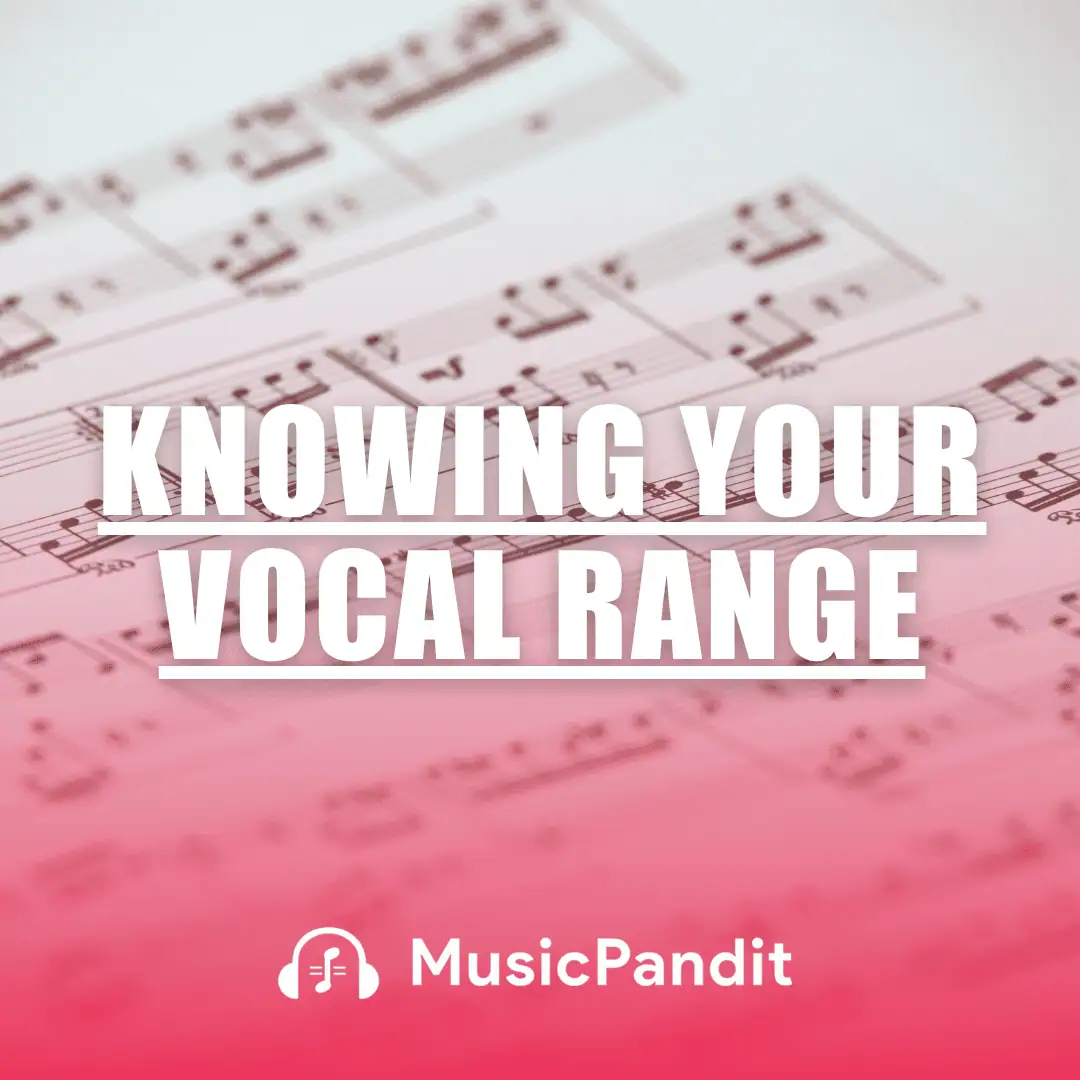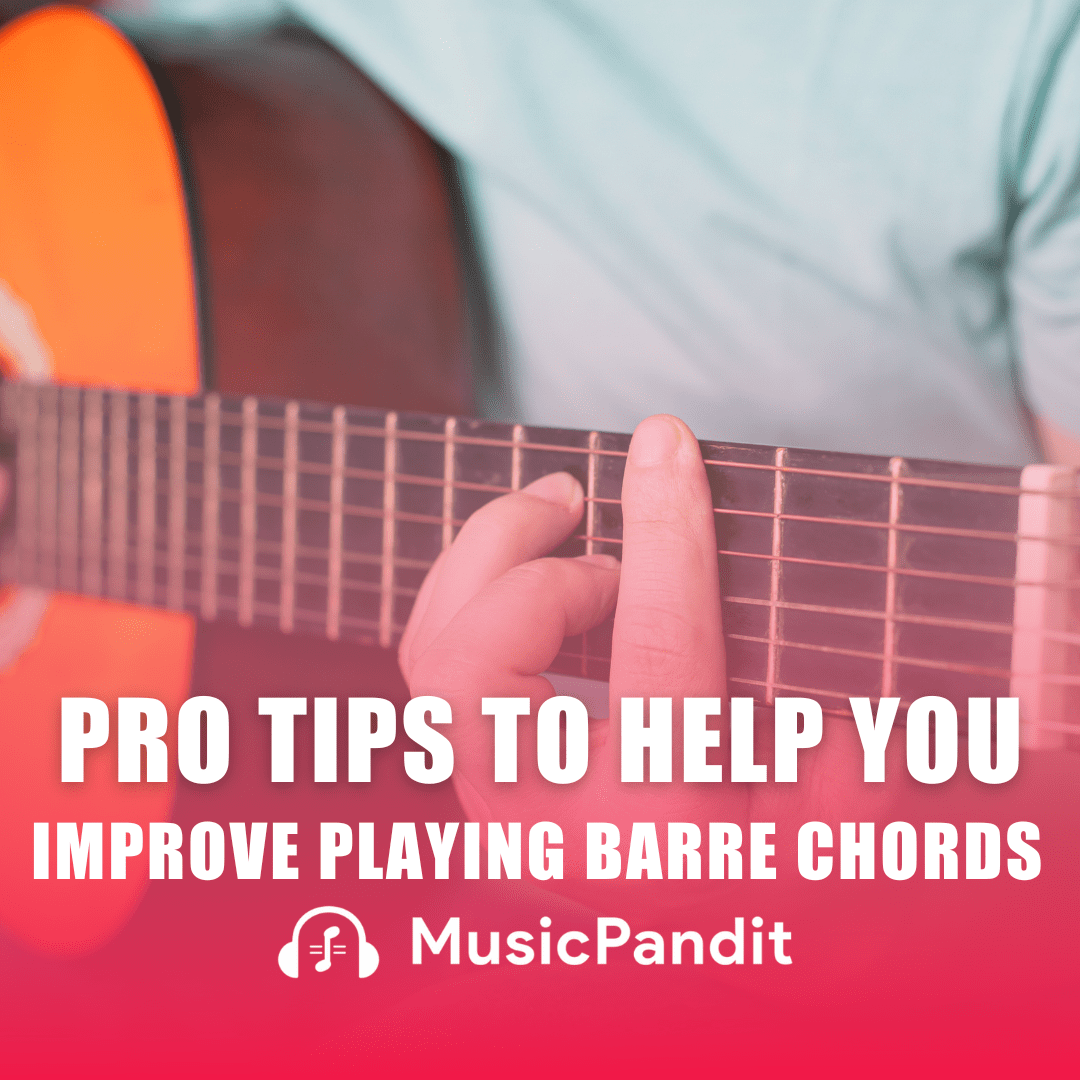Music is a universal language that speaks to our hearts and moves our bodies. One of the key elements that make music so captivating is its “groove.” But what exactly is groove, and why is it so important?
In this guide, we’ll explore the concept of groove in music, providing definitions, examples, and practical tips to help young musicians understand and harness this powerful musical element.
Also Read: Building Confidence Through Music: Boosting Self-Esteem In Young Musicians
What is Groove?
In music, groove refers to the compelling rhythmic feel or sense of swing that makes you want to tap your feet, nod your head, or dance. It’s the driving force that gives music its infectious energy and makes it feel alive. Groove is created through the interaction of various rhythmic patterns played by different instruments, especially those in the rhythm section like drums, bass, guitar, and keyboards.
From a broader perspective, groove has been described as “an unspecifiable but ordered sense of something that is sustained in a distinctive, regular, and attractive way, working to draw the listener in
The Importance of Groove in Music
Groove is a significant feature of popular music and can be found in many genres, including salsa, rock, soul, funk, and fusion. It’s the element that often makes a song memorable and danceable. A strong groove can elevate a simple melody into an unforgettable tune, while a weak groove can make even the most complex composition feel flat.
In jazz, for example, groove can be felt as a quality of persistently repeated rhythmic units, created by the interaction of the music played by a band’s rhythm section.
Examples of Groove in Different Genres
Groove manifests differently across various musical styles:
- Funk: Characterized by strong bass lines and syncopated rhythms, funk music relies heavily on groove to create its signature danceable feel.
- Jazz: In jazz, groove often comes from the swing feel, where the timing of notes is adjusted to create a laid-back, flowing rhythm.
- Rock: Rock music achieves groove through steady drum beats and rhythmic guitar patterns that drive the song forward.
- Salsa: Salsa music features complex percussion patterns and syncopated rhythms that create an irresistible groove, encouraging listeners to dance.
Also Read: Carnatic vs. Hindustani Music: Deciding the Best Style for Your Child
How to Develop Groove as a Musician
Developing a good sense of groove is essential for any musician. Here are some practical steps to help you cultivate groove in your playing:
- Listen Actively: Pay close attention to the rhythm and feel of different songs. Notice how various instruments interact to create the groove.
- Practice with a Metronome: Using a metronome helps you develop a strong sense of timing, which is crucial for maintaining groove.
- Play Along with Recordings: Choose songs with a strong groove and play along with them. This practice helps you internalize the feel and timing of different grooves.
- Experiment with Rhythms: Try playing different rhythmic patterns and note placements to see how they affect the groove. Don’t be afraid to explore and find what feels good.
- Focus on Dynamics: Pay attention to the volume and intensity of your playing. Subtle changes in dynamics can significantly impact the groove.
- Collaborate with Others: Playing with other musicians can help you develop a better sense of groove as you learn to lock in with different rhythmic patterns.
Groove in Different Instruments and Vocals
Groove isn’t limited to rhythm instruments; it applies to all aspects of music, including melody and harmony. Here’s how groove plays a role in various instruments and vocals:
Also Read: Vocal Resonance
Drums and Percussion
As the primary timekeepers, drummers play a crucial role in establishing and maintaining the groove. By varying drum patterns, experimenting with different instruments, and emphasizing key moments, drummers can create compelling grooves that drive the music forward.
Bass Guitar
The bass guitar often works closely with the drums to reinforce the groove. By locking in with the drummer’s rhythm and adding melodic elements, bassists provide a foundation that supports the harmony and rhythm of the song.
Rhythm Guitar and Keyboards
These instruments contribute to the groove by playing chords and rhythmic patterns that complement the bass and drums. Syncopated strumming patterns on the guitar or rhythmic chord stabs on the keyboard can add depth and complexity to the groove.
Also Read: Chord Progressions
Vocals
Singers can enhance the groove by paying attention to the rhythm and phrasing of their lyrics. By aligning their vocal delivery with the underlying groove, vocalists can create a cohesive and compelling performance.
The Benefits of Understanding Groove
Developing a strong sense of groove offers several benefits for musicians:
- Enhanced Musicality: A good groove makes your music more engaging and enjoyable for listeners.
- Improved Timing: Working on groove helps you develop better timing and rhythm, essential skills for any musician.
- Better Collaboration: Understanding groove allows you to lock in with other musicians more effectively, leading to tighter and more cohesive performances.
- Increased Audience Engagement: A strong groove can make your audience want to move and dance, creating a more memorable and enjoyable experience.
Related Topics
To further enhance your understanding of groove, consider exploring these related topics:
- Syncopation: The deliberate shifting of the expected rhythmic accent, creating a sense of surprise and adding complexity to the groove.
- Swing: A rhythmic feel where the emphasis is on the off-beats, commonly used in jazz to create a laid-back groove.
- Polyrhythms: The layering of two or more different rhythmic patterns simultaneously, adding depth and complexity
- Pulse: The underlying beat in music that forms the foundation of the groove. Understanding pulse helps musicians stay connected to the rhythm and timing of a piece.
- Feel: The emotional and rhythmic vibe of a song. Groove and feel go hand-in-hand, as a good groove often amplifies the overall mood and character of the music.
- Tempo: The speed at which a piece of music is played. The tempo has a direct impact on the groove, as a slower tempo might feel laid-back, while a faster tempo creates a more energetic groove.
Practical Exercises to Build Groove
Here are some exercises to help students develop their groove:
1. Clap Along with Songs
Pick a favorite song and clap along to the beat. Once you feel comfortable, start clapping to other rhythmic layers, like the bassline or snare hits. This helps you identify and internalize different rhythmic components.
2. Play the “Pocket Game”
Musicians often talk about “playing in the pocket,” meaning playing in perfect sync with the groove. To practice this, set a metronome or drum track and try playing a simple rhythm or melody. Experiment by slightly delaying or advancing your timing within the beat while staying steady.
3. Improvise Rhythms
Choose an instrument or use your hands and feet. Start by tapping a steady beat, then gradually add variations and syncopations. Try to keep the overall groove intact as you experiment.
4. Record Yourself
Record yourself playing along to a song or groove. Listen back and evaluate your timing and feel. Adjust and try again until you feel locked into the groove.
5. Jam with Others
Collaborating with fellow musicians is one of the best ways to understand groove. Pay attention to how the rhythm section interacts and learn to adapt to different grooves in real-time.
Groove-Specific Tips for Instruments and Vocals
Drums
- Focus on consistency: Keep the beat steady and precise, especially on the bass drum and snare.
- Add accents: Highlight certain beats or off-beats to create a dynamic groove.
- Use ghost notes: These are softer, subtle drum hits that add texture and complexity to the groove.
Bass Guitar
- Lock in with the drummer: Pay special attention to the kick drum, as it often pairs with the bassline.
- Play with note length: Experiment with long, sustained notes and short, punchy ones to create variety.
- Groove with rests: Don’t play constantly—use silence as part of the rhythm.
Guitar
- Syncopate your strumming: Adding off-beat accents can give the groove a lively feel.
- Play rhythmic riffs: Simple, repetitive riffs often drive the groove in rock, funk, and blues.
- Experiment with muting: Palm-muting and fretting-hand muting can create percussive sounds that enhance the groove.
Keyboards
- Layer rhythms: Combine rhythmic chord stabs with flowing arpeggios for a rich groove.
- Play complementary rhythms: Instead of copying the drummer or bassist, add a unique rhythmic layer that fits with theirs.
- Use rhythmic effects: Delay, tremolo, or rhythmic filter effects can add complexity to the groove.
Vocals
- Emphasize phrasing: Sing with a rhythm that complements the groove, aligning certain syllables with the beat.
- Use rhythmic improvisation: Experiment with syncopation and scat-style singing to add groove to your vocal performance.
- Breathe with the rhythm: Proper breathing helps maintain the flow of the groove during a performance.
Also Read: Understanding Different Vocal Styles: Helping Your Child Find Their Voice Online
Benefits of Groove for Young Musicians
Understanding groove can make a big difference in a student’s musical journey:
- Confidence in Performance: Knowing how to groove allows young musicians to perform with more assurance, as they’ll feel connected to the music.
- Better Ensemble Skills: Groove teaches students how to collaborate with others, as it requires synchronization and active listening.
- Creativity: Experimenting with groove encourages students to explore new rhythmic ideas, expanding their musical creativity.
- Physical and Emotional Connection: Groove is as much about feeling as it is about technique. Engaging with it can make music more enjoyable and expressive.
Also Read: Music and Emotions
Famous Examples of Groove
Here are a few iconic grooves in music that students can listen to and analyze:
- “Superstition” by Stevie Wonder: The syncopated clavinet riff and tight rhythm section define this funk classic.
- “Billie Jean” by Michael Jackson: The minimalist yet infectious bassline and steady drum beat create an unforgettable groove.
- “Take Five” by Dave Brubeck: This jazz masterpiece has an unconventional 5/4 groove that feels surprisingly natural and flowing.
- “Uptown Funk” by Mark Ronson ft. Bruno Mars: A modern take on funk grooves with a blend of bass, horns, and tight drum patterns.
Final Thoughts: Making Groove a Part of Your Musical Identity
Groove is not just about playing in time—it’s about creating a rhythmic feel that resonates with others. It’s the heartbeat of music that makes listeners want to move and connect emotionally with a performance.
As young musicians, developing a sense of groove will not only improve your technical skills but also enrich your overall musical experience. Remember to practice, experiment, and, most importantly, have fun while exploring the power of groove.
With time, patience, and dedication, groove can become second nature, helping you bring energy, life, and excitement to every piece of music you play or sing.
Explore Latest Music Articles














